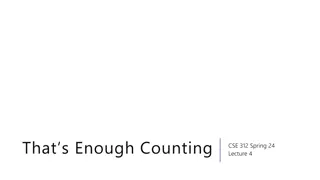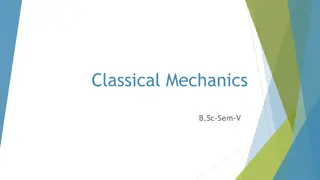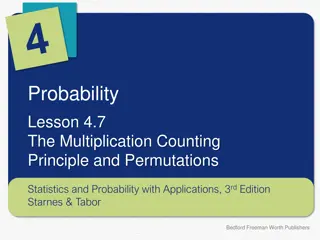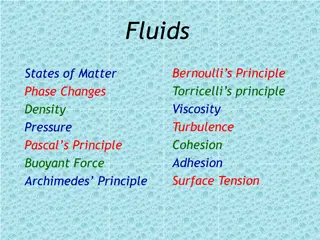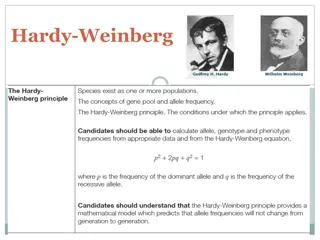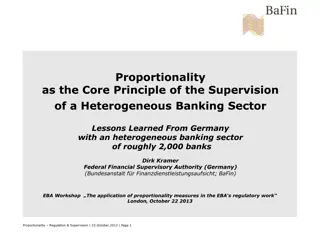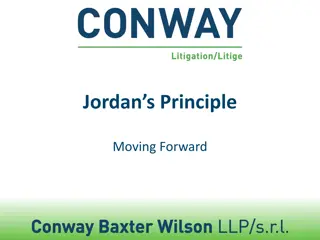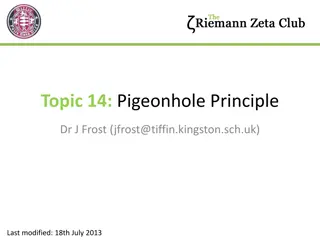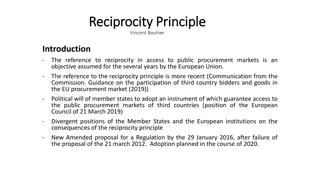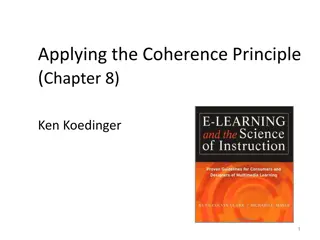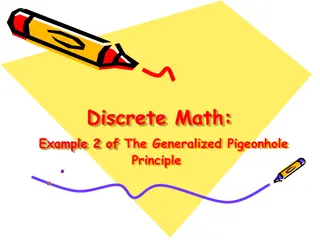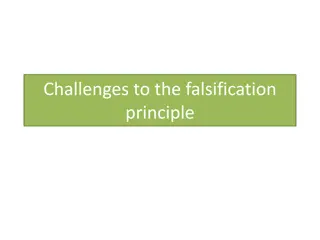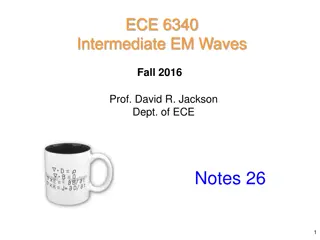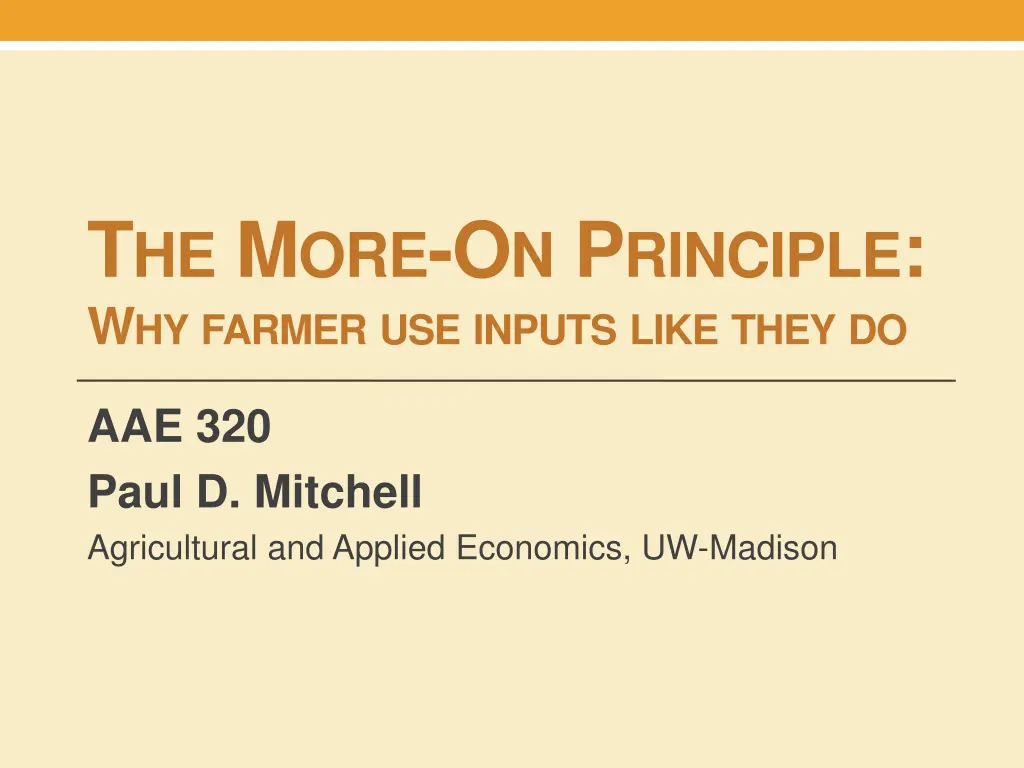
Understanding Farmer Input Decision Making
Explore the More-On Principle and its impact on farm input management in agriculture. Learn about the inelasticity of production levels, challenges in identifying optimal input use, and the tendency to overuse inputs due to low costs. Dive into the complexities of maximizing profit in crop production processes.
Download Presentation

Please find below an Image/Link to download the presentation.
The content on the website is provided AS IS for your information and personal use only. It may not be sold, licensed, or shared on other websites without obtaining consent from the author. If you encounter any issues during the download, it is possible that the publisher has removed the file from their server.
You are allowed to download the files provided on this website for personal or commercial use, subject to the condition that they are used lawfully. All files are the property of their respective owners.
The content on the website is provided AS IS for your information and personal use only. It may not be sold, licensed, or shared on other websites without obtaining consent from the author.
E N D
Presentation Transcript
THE MORE-ON PRINCIPLE: WHY FARMER USE INPUTS LIKE THEY DO AAE 320 Paul D. Mitchell Agricultural and Applied Economics, UW-Madison
Main Point: Environmental Impacts of Agriculture 1) Inelastic (flat) production at or near optimal levels for many inputs, so small profit change over wide input range A wide range of input levels will seem consistent with maximizing profit 2) Impact of inputs on profit is hard to clearly identify with all the variability from other factors Even science has a hard time identifying what s economically optimal 3) Underuse of key inputs is obvious, but overuse is invisible, and inputs are relatively low cost A common human response in situations like these is to put a little more on, especially when inputs are low cost, hence the name: The More-On Principle
Farming a Flat Function For many crop production processes, yield becomes relatively unresponsive to inputs when they are used at near optimal levels Yield Input
Profit becomes Inelastic to Input Levels As a result, profit also has a flat response to the input Profit Input
One Site-Year from Iowa (Mitchell 2004) 1.2 1.0 Yield (% max) 0.8 0.6 0.4 0.2 0.0 0 50 100 150 200 250 300 N Rate (lbs/ac)
Average Corn Yield by N Rate (Mitchell 2004) 1.0 0.9 Average Yield (% Max) 0.8 0.7 0.6 0.5 0.4 0 50 100 150 200 250 300 Nitrogen Rate (lbs/A) PA Waseca MN IN IA Morris MN
Current WI N Recommendations 100 N:Corn price ratio 0.05 0.10 0.15 0.20 Net return to N ($/a) 80 60 40 20 CC - High Yield Potential Soils 0 0 50 100 150 200 250 N rate (lb/a) Source: C. Laboski, UW Soil Science
Corn Returns for Seeding Density (Lauer and Stanger 2006) Source: http://corn.agronomy.wisc.edu/AA/pdfs/A044.pdf
Soybean Returns for Seeding Density and Seed Treatments (Gaspar et al. 2014) http://www.coolbean.info/library/documents/SoybeanTreatmentRisk_2014_FINAL.pdf
Capture (bifenthrin) on Processing Sweet Corn (mean with 95% error bars) 350 300 250 Average Returns 200 150 100 50 0 0 1 2 3 4 5 # Sprays with Capture
Capture (bifenthrin) on Fresh Market Sweet Corn (mean with 95% error bars) 3500 3000 2500 Average Returns 2000 1500 1000 How many sprays would you use? 500 0 0 1 2 3 4 5 6 7 8 9 10 # Sprays with Capture
Summary: Why farmer use inputs like they do 1) Inelastic production at or near optimal levels for many key inputs, so small profit change over wide input range A wide range of input levels will seem consistent with maximizing profit 2) Impact of inputs on profit is hard to clearly identify with all the variability from other factors Even science has a hard time identifying what s economically optimal 3) Underuse of key inputs is obvious, but overuse is invisible, and inputs are relatively low cost A common human response in situations like these is to put a little more on, especially when inputs are low cost, hence the name: the More-On Principle


